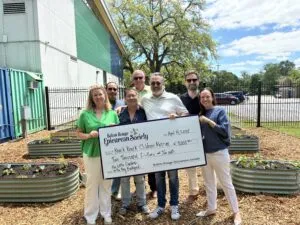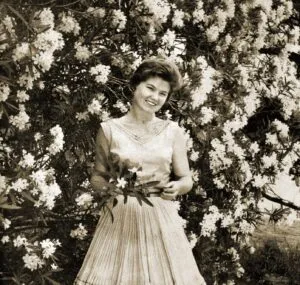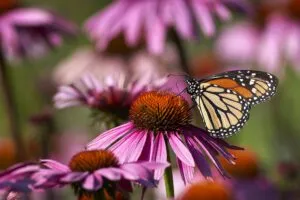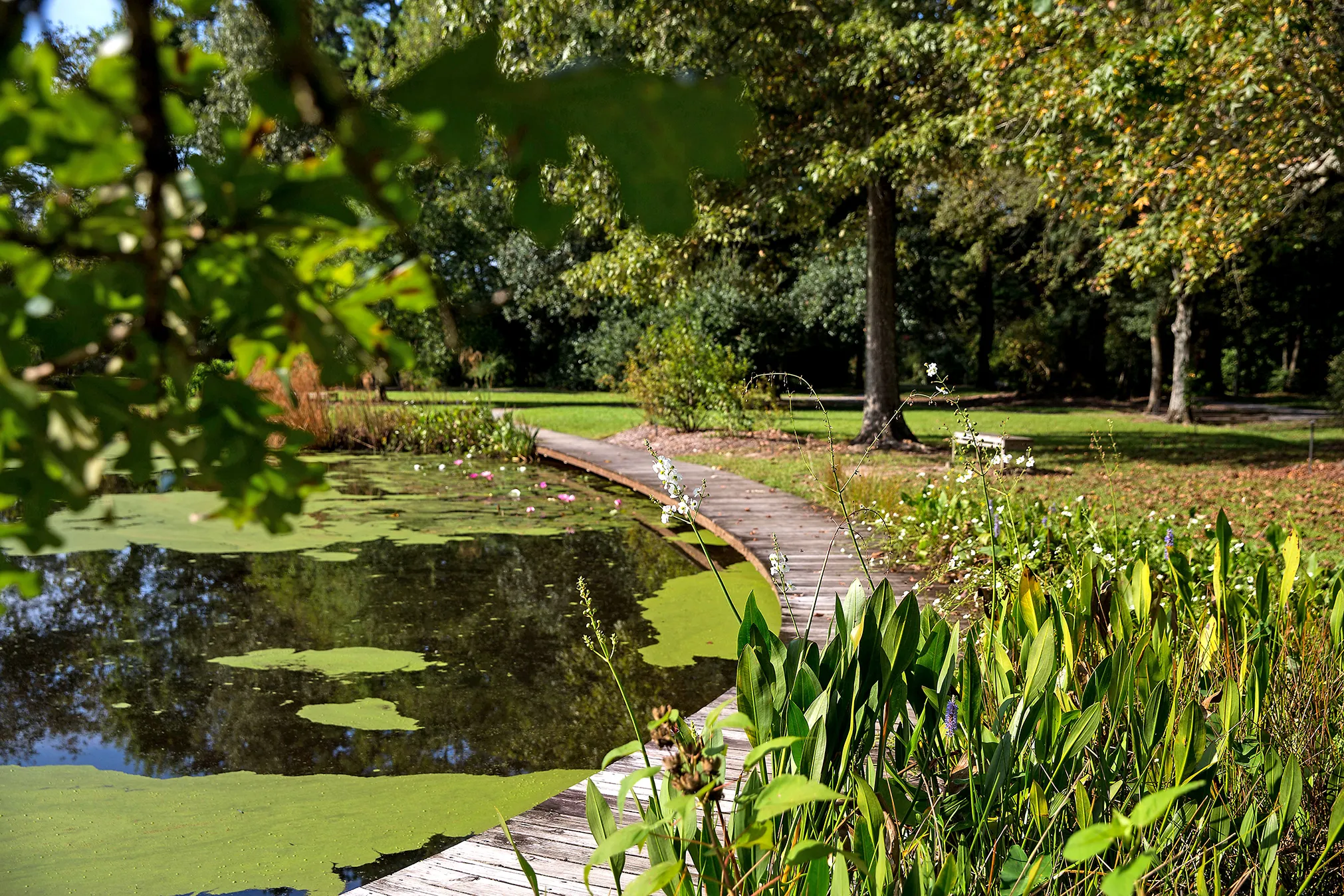
Hidden gem: LSU Hilltop Arboretum
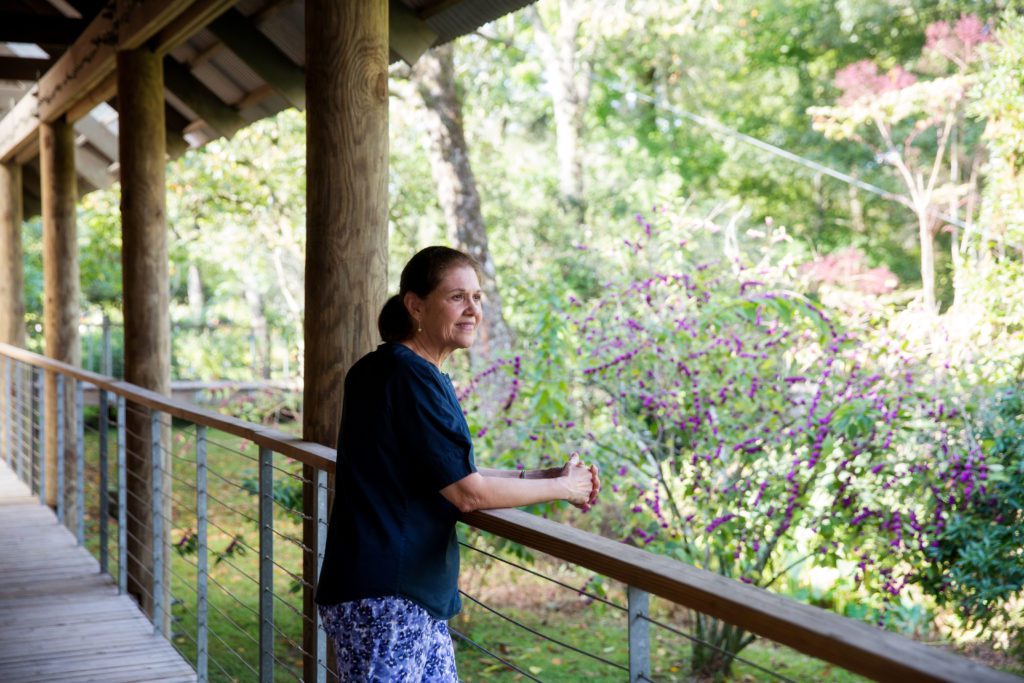
Janet Forbes says her favorite story pertaining to LSU Hilltop Arboretum is the one “about the lady in the robe.” Forbes’ colleague, Bonnie Odom, walked out of her office to find a woman in a bathrobe standing on the arboretum’s deck. “The woman had just gotten out of the hospital,” says Forbes, former executive director and current volunteer coordinator, “and the first place she wanted to come was Hilltop.”
Forbes’ story is a credit to the absolute serenity the arboretum exudes. There is no other place in the city that is quite like it, a patch of peaceful meadow in an otherwise bustling urban environment. At Hilltop, there are no gray concrete buildings rising to the sky, no honking cars or tiny cubicles. Instead, there are bright purple beauty berries and fiery orange sassafras leaves. There’s sunlight peeking through the needles of hundred-foot pine trees. Where else can you see a swallowtail butterfly alighting on a lavender-like pickerel flower? A white heron swooping down to dip its beak beneath a pond’s waters?
LSU Hilltop Arboretum is a step back in time.
Emory Smith, LSU alumnus and plant enthusiast, bought the 14-acre “hilltop” plot in 1929. Back then, it was a simple farm and country estate, but Smith had vision.
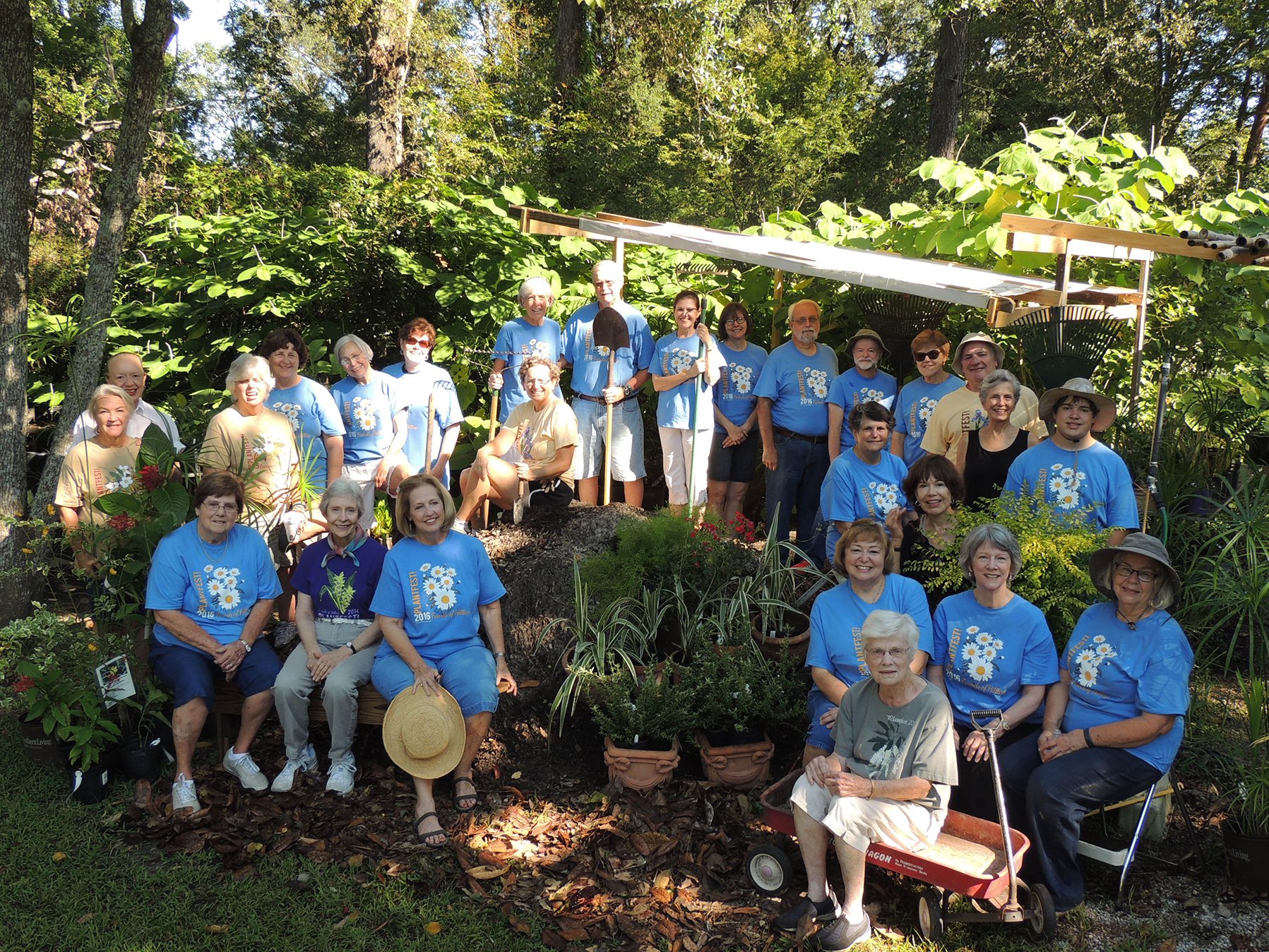
“He and his buddies would drive around the state and dig up stuff,” says Peggy Davis Coates, the current executive director of the arboretum. Smith focused on collecting native plants, but he’d often bring back whatever suited his fancy. In between uprooting the bright yellow goldenrod and white-peaked marsh mallows that grow in Louisiana swamps, he’d harvest a dappled Japanese persimmon tree.
That “stuff” would then be brought back to his home in Baton Rouge and planted around the Hilltop estate. Smith was an early American adherent to landscape architecture—creating a pleasing outdoor space that works with the environment, instead of against it. By the time Smith donated the plot to LSU in 1981, he had more than 120 native plants, as well as quite a few non-native ones, deeply rooted in his country estate.
“He was an avid lover of nature,” says Coates, “but he also respected what the plants could do for the environment.”
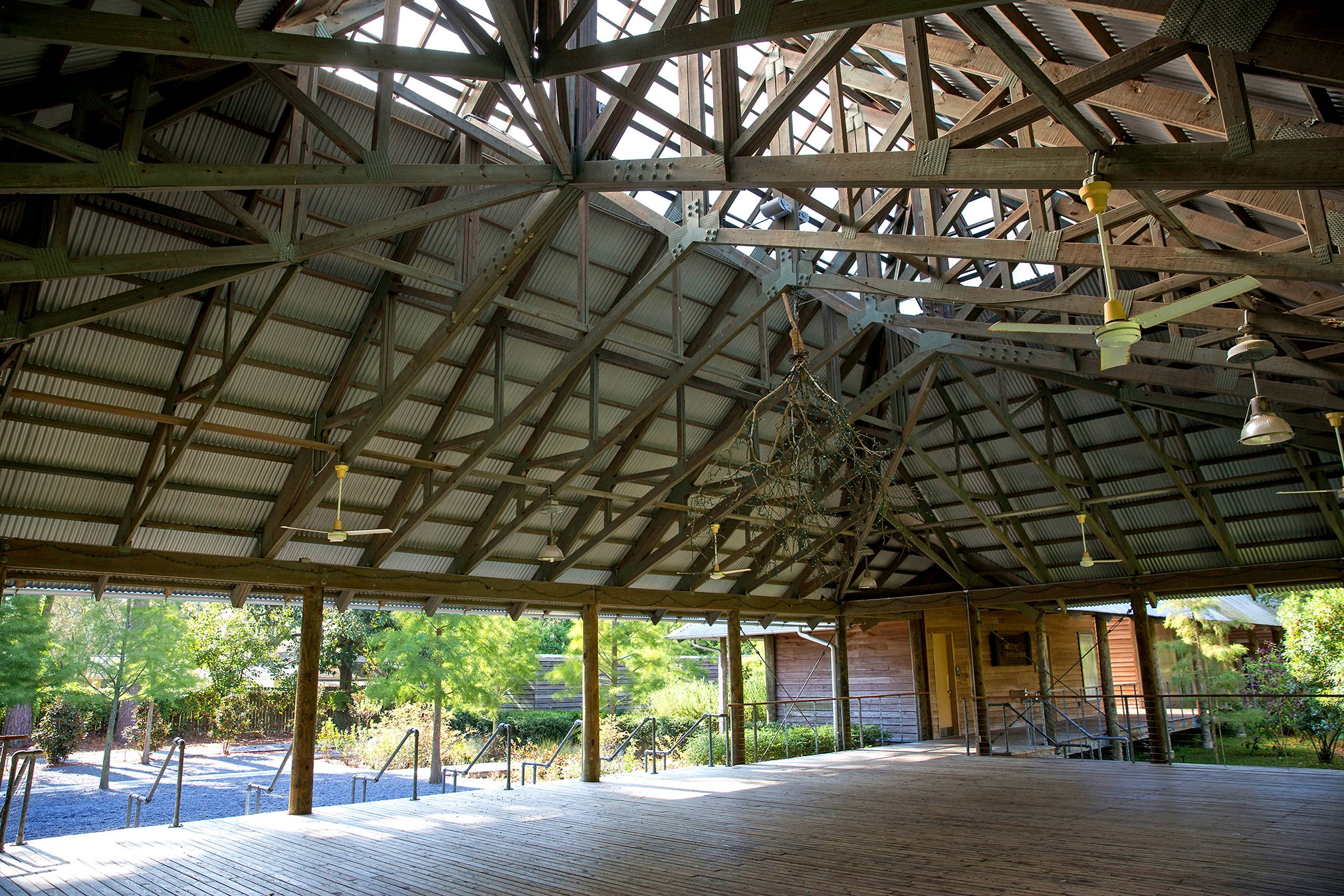
Just two years before his death in 1984, Smith set up a foundation to further the education and cultivation of Louisiana’s native plants. Called Friends of Hilltop Arboretum, the foundation is a thriving part of the arboretum’s mission today. It provided necessary funding for the recent addition of the Imogene Newsome Brown Education Facility, a Ted Flato-designed building that embraces the nature of Hilltop. The foundation also supports projects to improve the arboretum.
“We’re working on creating an earthen amphitheater and restoring trees destroyed by a storm last April,” says Coates.
Smith also planted the seeds of Hodge Podge, the all-volunteer group, headed by Forbes, that runs the arboretum’s nursery. Forbes says the group has an easygoing attitude—its mantra is “Come when you want, if you want, and stay for as long as you want”—but its members are responsible for some of the arboretum’s most important work. They keep the plants in the nursery alive. And they still “drive around the state and dig up stuff,” in keeping with Smith’s tactics, for their annual Plantfest! sale. And since many of the volunteers are lifelong gardeners and landscape enthusiasts themselves, they share Smith’s mission with Hilltop visitors.
“We do what we can to promote the important values of the arboretum,” says Coates. “Native plants support a rich ecosystem.”
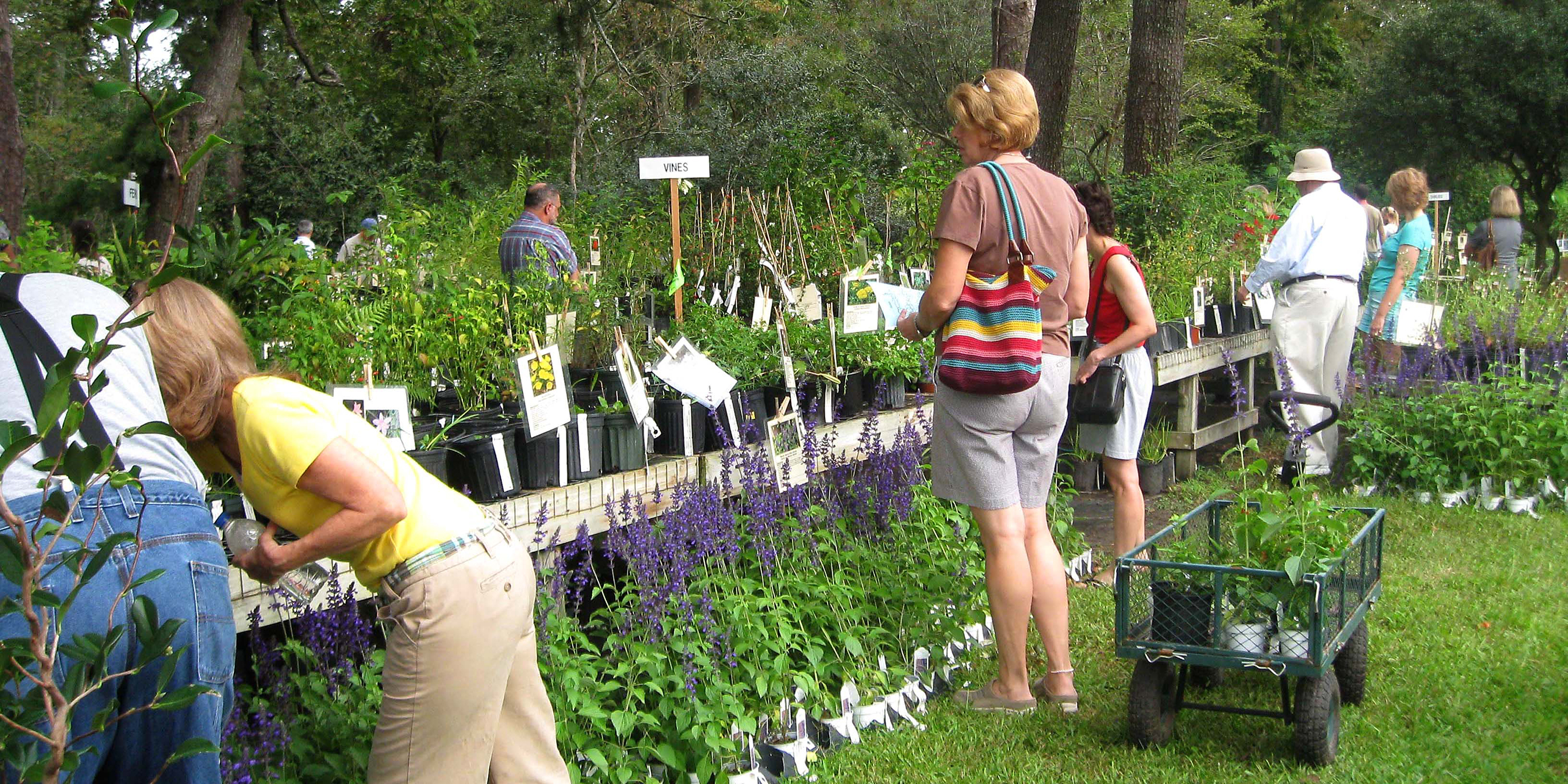
And thanks to the rich diversity of plants, there’s always something on the grounds to behold, no matter the season.
“October is great for swamp sunflowers. You’ll see the pond full of spectacular orange and yellow sunflowers,” says Coates. “Come back in March; there will be cascading fireworks of white flowers from the swamp cyrilla.”
When you are leaving Hilltop, you truly get the sense that you are leaving a hidden place. The front gates are narrow, the hill down the driveway is steep, and with a sharp turn, you’re back in traffic. Before long, you can’t even see the sign out front. It’s the perfect spot if you need a break from the hustle and bustle of the city or—as the lady in the robe discovered—from the hospital. As Greek philosopher Aristotle put it, “In all things of nature, there is something wondrous.”
Move your mouse around the map to learn about all of the elements of LSU Hilltop Arboretum:
Hilltop is offering an Introduction to Forest Bathing classes this weekend, July 17 and 18. With only 10 spots open, members and non-members can sign up for one of the two sessions, as well as learn more about the class and its subject, here.






